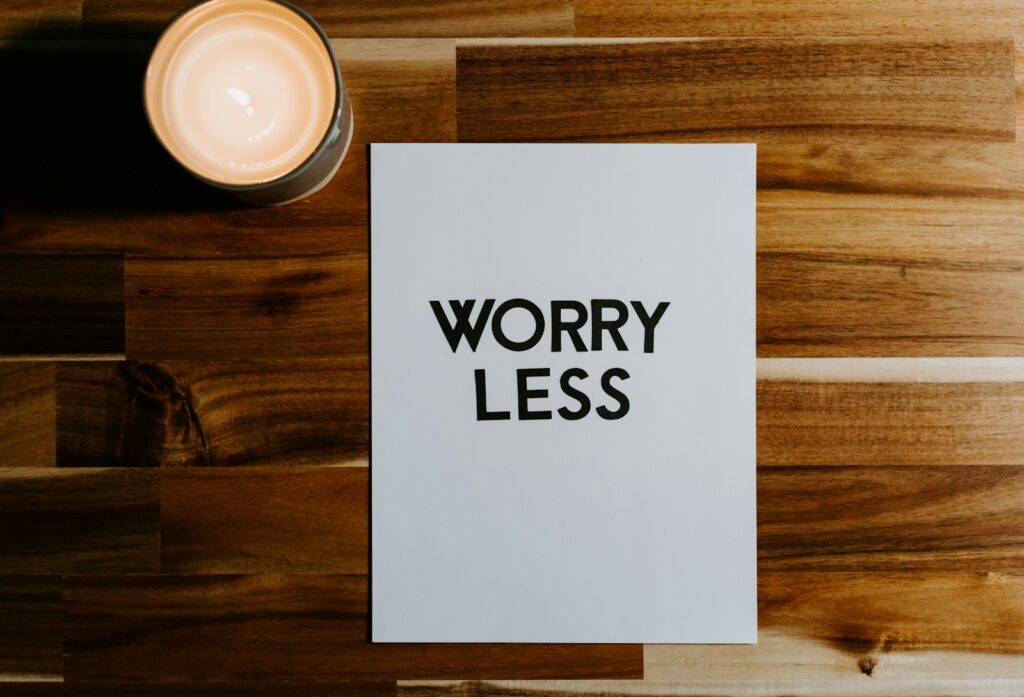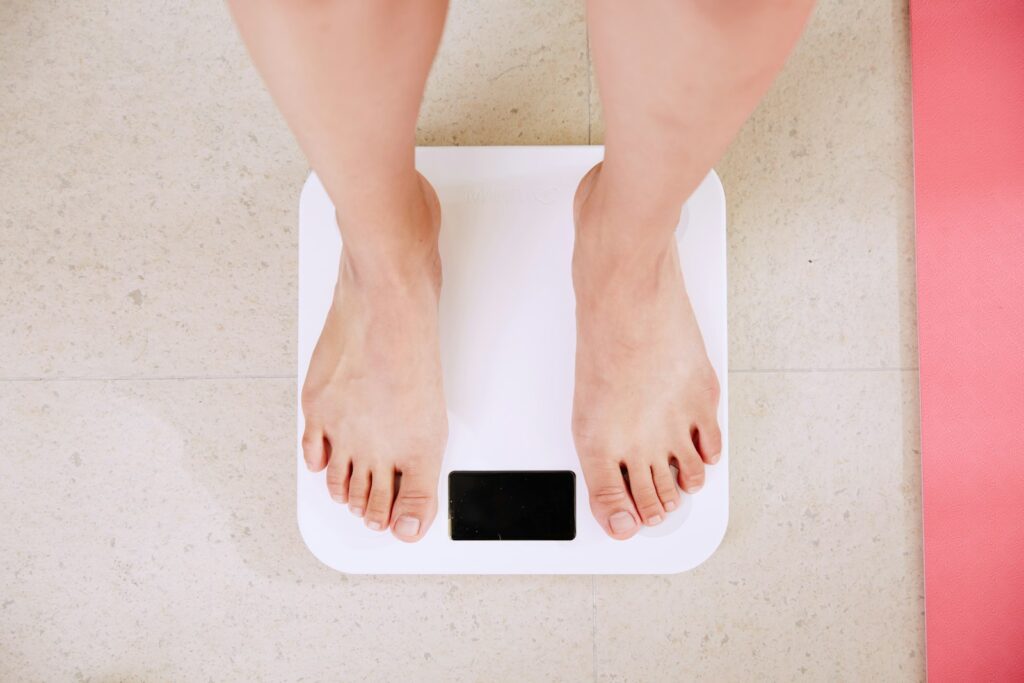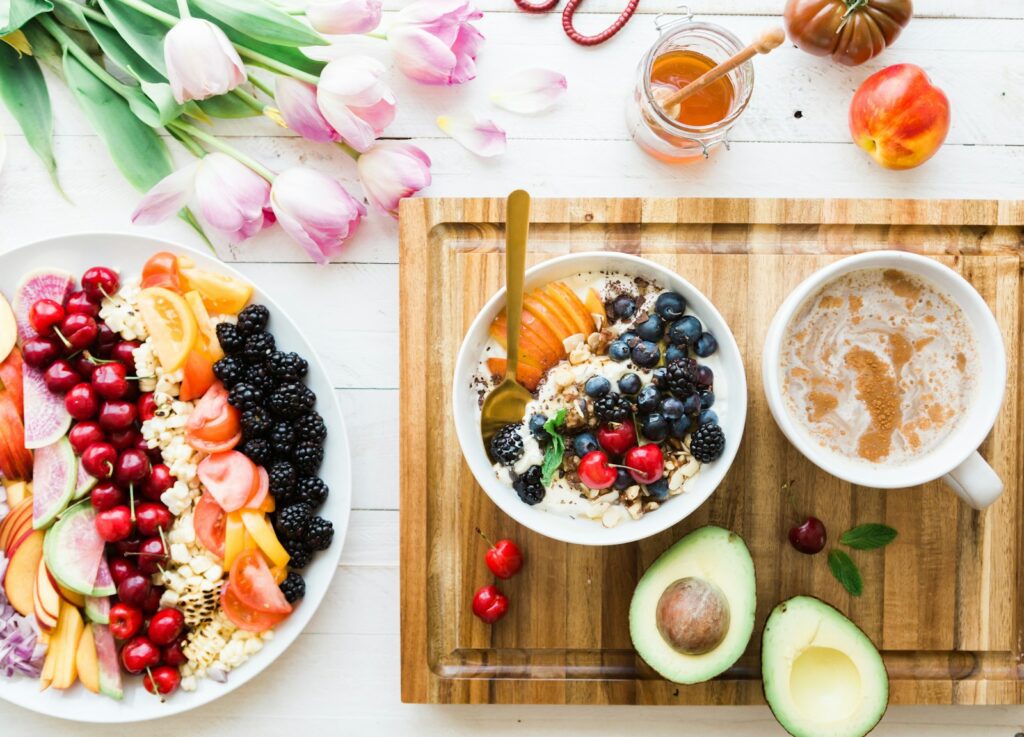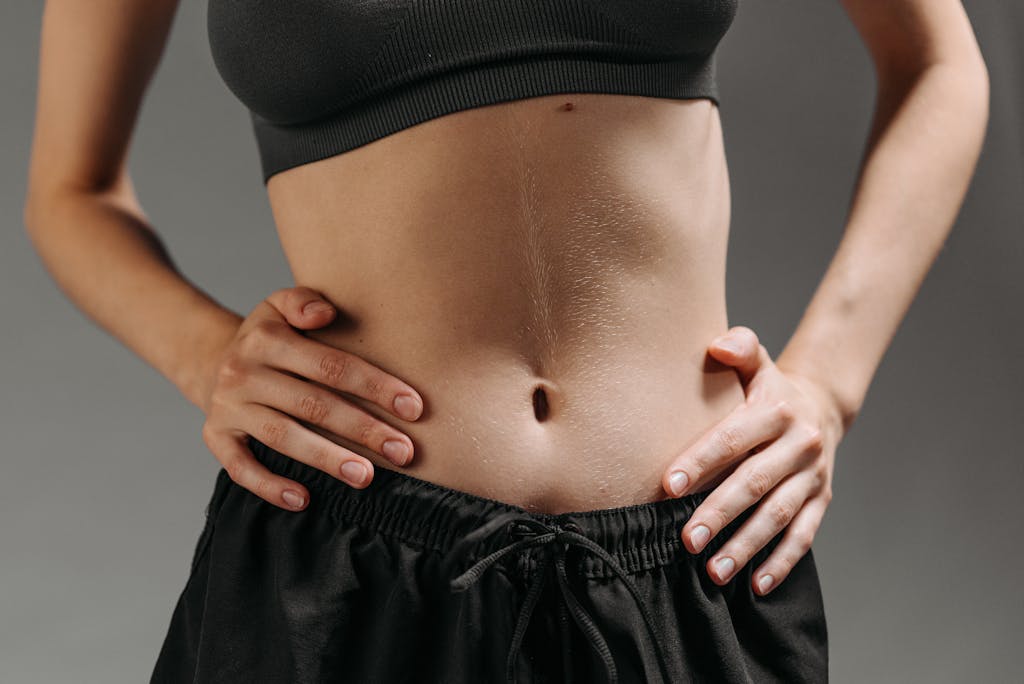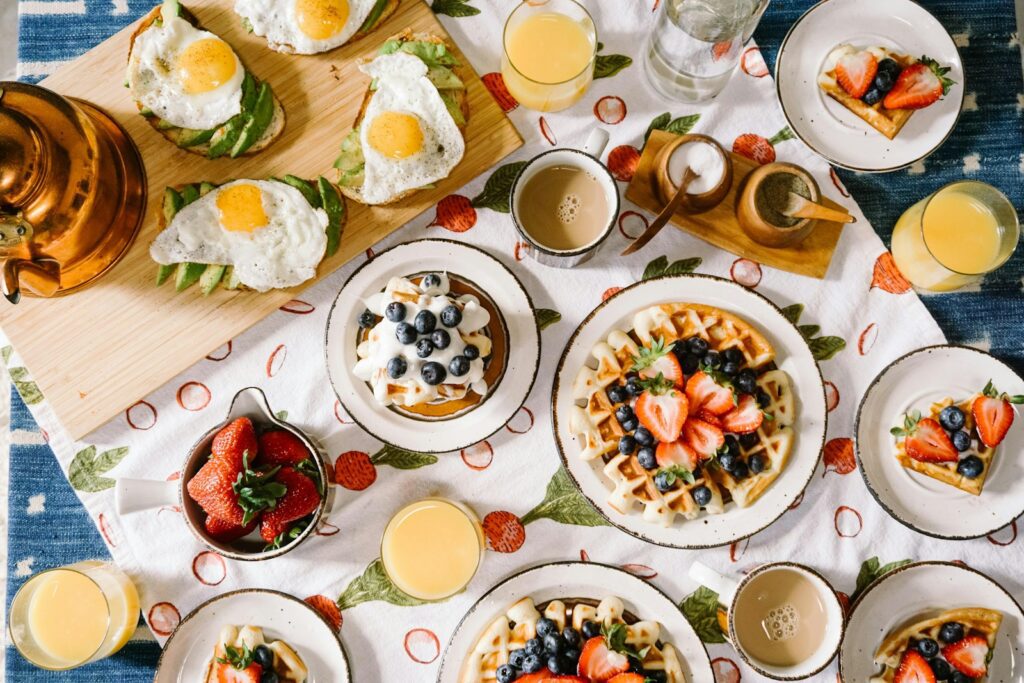This Post Contains Affiliate Links. Please Read Our Disclosure for Full Information.
Hey hey, bestie! 💖
So you wanna lose fat without crying over boring salads or living on air? I got you. The secret isn’t some crazy detox or “skinny tea”—it’s about knowing how to build your own fat-loss-friendly meal like a boss.
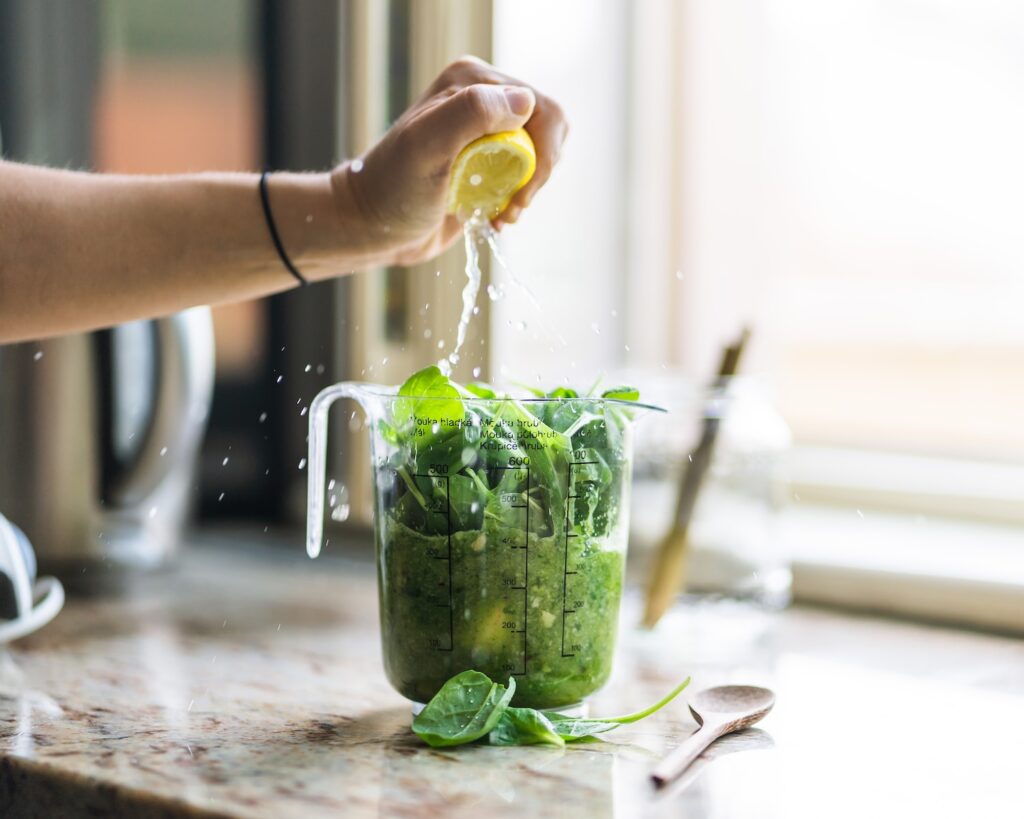
And don’t worry—this is gonna be delicious, filling, and totally doable (even if you don’t know how to cook lol). Let’s break it down👇
🥩 1. Start with Protein = The Fat-Burning Queen 💪
Protein keeps you full, fuels your muscles, and boosts metabolism.
Pick 1 source for every meal:
✅ Chicken breast, turkey, fish, eggs, tofu, cottage cheese.
✅ Protein helps you avoid those “why am I always hungry?” moments.
👉 Top-Rated Protein Powder
👉 Air Fryer for Lean Meats
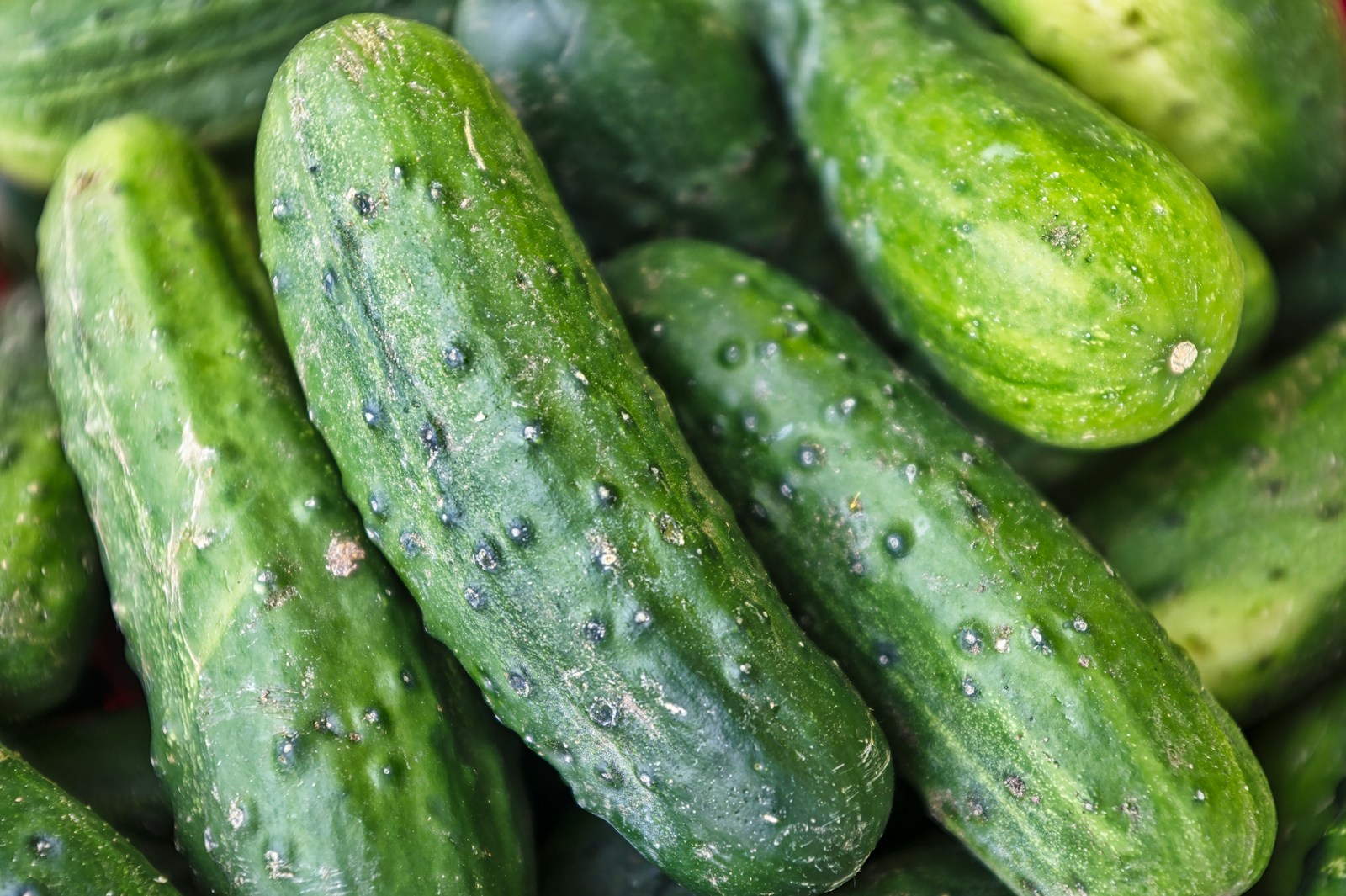
🥦 2. Add LOTS of Veggies = Volume Without Calories 🌱
The more colorful your plate, the better.
✅ Broccoli, spinach, zucchini, bell peppers, cucumber, tomatoes—pile them up!
✅ They’re low-cal but keep you so full.
👉 Veggie Chopper for Quick Prep
🍚 3. Choose Your Carbs Wisely = Energy + Balance 🍠
Carbs aren’t evil, babe—they just need portion control.
✅ Pick whole, slow-digesting carbs:
Brown rice, quinoa, sweet potatoes, oats, whole-wheat pasta.
✅ Keep carbs to 1 fist-size portion.
🥑 4. Healthy Fats = Don’t Skip, Just Be Smart 💛
Fats help your hormones, skin, and cravings.
✅ Add small amounts of healthy fats like:
Avocado, olive oil, nuts, seeds, or fatty fish.
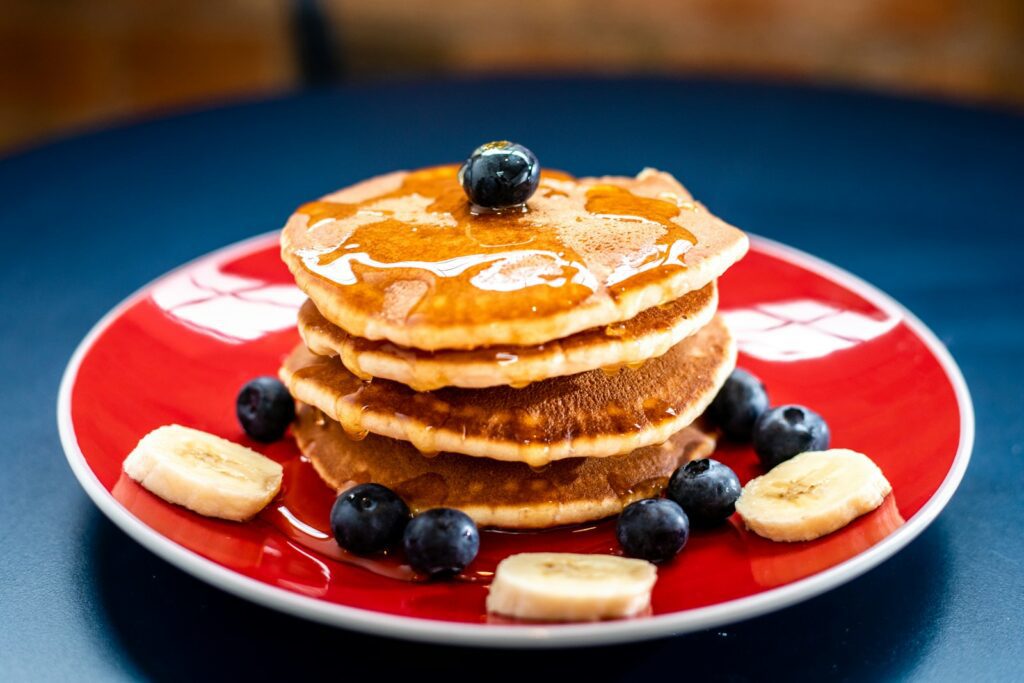
🧂 5. Flavor It Without Ruining It 🧄
Skip the creamy sauces or sugary dressings.
✅ Use herbs, lemon, vinegar, garlic, and spices to keep things yummy without adding calories.
🔑 6. Portion Control = The Real Glow-Up Trick 🥄
✅ Protein = Palm size
✅ Carbs = Fist size
✅ Fats = Thumb size
✅ Veggies = Unlimited, queen!
💧 7. Don’t Forget the Hydration Game 🚰
Half the time you think you’re hungry—you’re actually just thirsty.
✅ Drink water before meals.
✅ Green tea = metabolism boost too!
👉 Cute Motivational Water Bottle
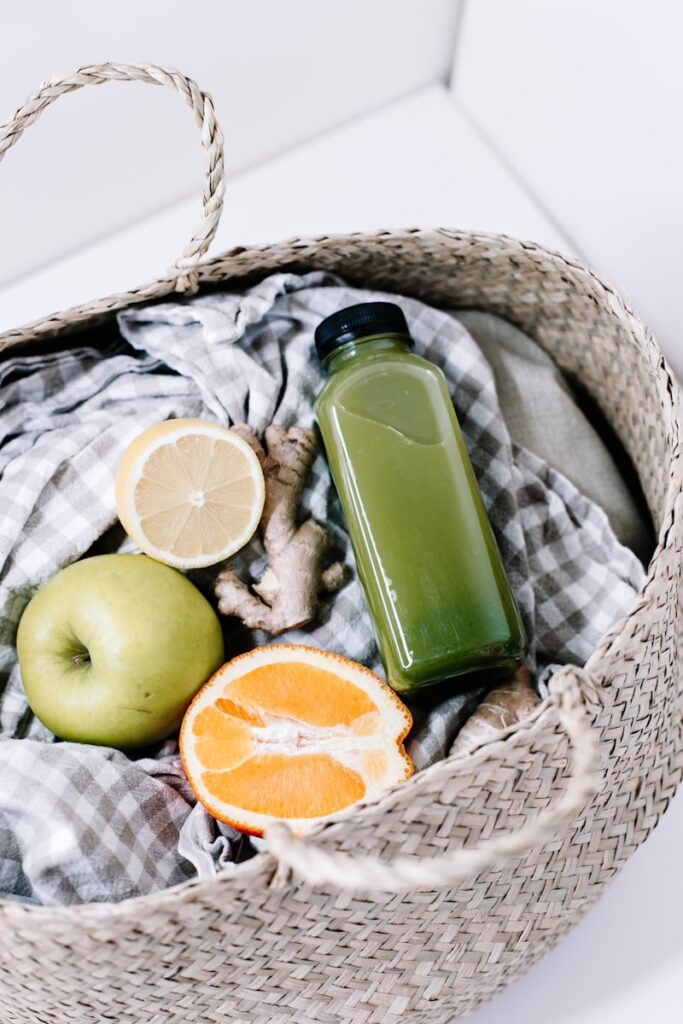
👑 Sample Fat Loss Meal (For the Lazy Babes 😜):
✨ Grilled lemon chicken
✨ Steamed broccoli & roasted sweet potatoes
✨ Avocado slice & olive oil drizzle
✨ Green tea + water
Final Thoughts, Babe 💕
Losing fat isn’t about punishment—it’s about nourishing your body smartly and consistently. You don’t need to cut out entire food groups or suffer through bland meals.
Build your plate like this every time and you’ll be burning fat, glowing, and thriving—without feeling deprived.
Ready to start? Drop me a 💪 in the comments if you’re IN!
xoxo,
Serenity Talks 💖🍴
We are giving it for free to our users
Get 7 Free Digital Planner
The Bundle Includes -
Daily Planner, Weekly Planner, Monthly Planner, Self Care Planner, Daily Reflection, Goal and Habit Tracker, Gratitude Journal and Budget Tracker


